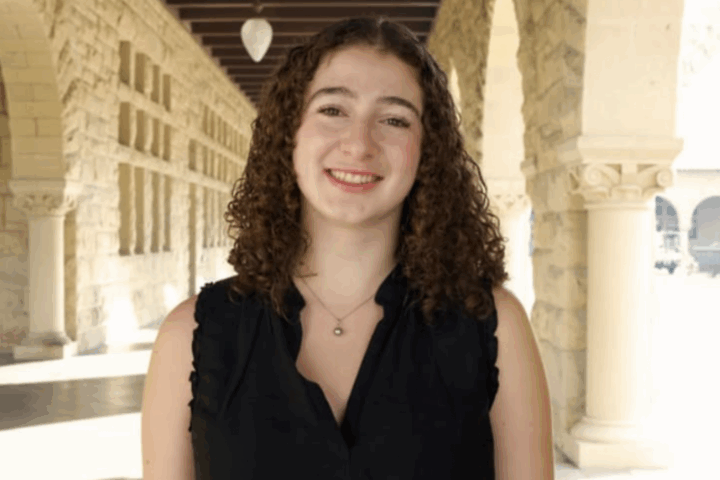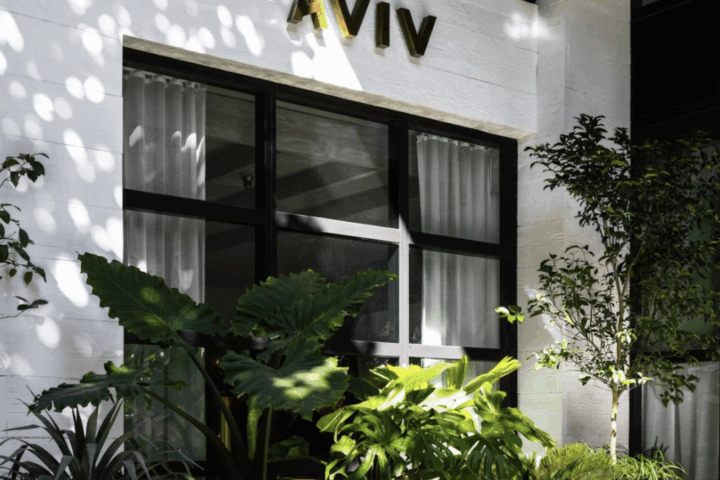A hallmark of Fieldston’s ethics and middle school curriculum, STS (Student to Student) is a program designed around the idea of students teaching students as the acronym conveniently suggests. Part of a quarter-based rotation in the sixth, seventh and eighth grades, the course entails everything from fruitful discussion around subjects of identity and relationships to lighthearted connection between the middle and high schoolers: two demographics separated by a sky bridge and stark discrepancy in sleep schedules.
As a student new to Fieldston in the ninth grade, I had always listened in awe as peers discussed their STS classes. After all, there is something quite remarkable about the principle of students being given academic liberty to guide their younger peers as they actively navigated the labyrinth of early adolescence. Equipped with skills to go about difficult conversations, mentors to turn to with any inquiries and a program centered around the various aspects of coming-of-age, STS offers a learning environment like no other.
Part of the reason the program functions as successfully as it does is because of the immense dedication put forth by upperclassmen STS leaders. As most enjoy a leisurely last few weeks of summer, STS leaders return to Fieldston to solidify and discuss lesson plans created by individual leaders over the break. While teachers describe the grueling process of creating individualized home reports, STS leaders undertake the same responsibility of pondering over adjectives and phrases to include in their very own write ups for middle school students. This effort is necessary and worthwhile in order to be a comprehensive leader. Above all, however, it is vital that leaders take a student-centered approach.
As former STS leader Eli Tauber ‘23 detailed, “I believe that being a good STS leader means putting the students first and being flexible. Occasionally, as a leader, you’ll find a super fun activity to incorporate into your lesson, but it’s something that the students aren’t necessarily interested in. In that case, you have to learn to transform/replace it with an activity they would find more engaging.”

Tauber’s idea of what it means to be a good leader seems to be reflected in what students themselves enjoy about STS. Overall, those that took STS classes were fond of the chance it offered to interact with upper schoolers on a meaningful basis. As current eighth grade student Noah Greenberg described, “It’s good getting insight from those who have had our similar experiences. In the past in STS, we’ve done lots of social-emotional learning, and I’m looking forward to learning more about how to ‘be’ as a person growing up.”
All the more, leaders themselves take immense pride in observing the growth of their students. Member of the STS 8 team Rachel Stulman (Form V) shared, “It’s honestly just been really cool seeing my STS kids blossom and come out of their shell a little bit. On the first day of classes, they’re more shy and less comfortable with us, so it’s really cool to see how as a group they’ve connected more and connected with me and my co-leader.”
With the first quarter of STS concluding this past week, leadership partners are soon to be rearranged as middle schoolers reluctantly bid farewell to the high school students that have spent the beginning of the year mentoring them. Now, the process will begin anew as cohorts and connections are formed and STS continues to remind us all of what innovative learning and leadership can look like.









